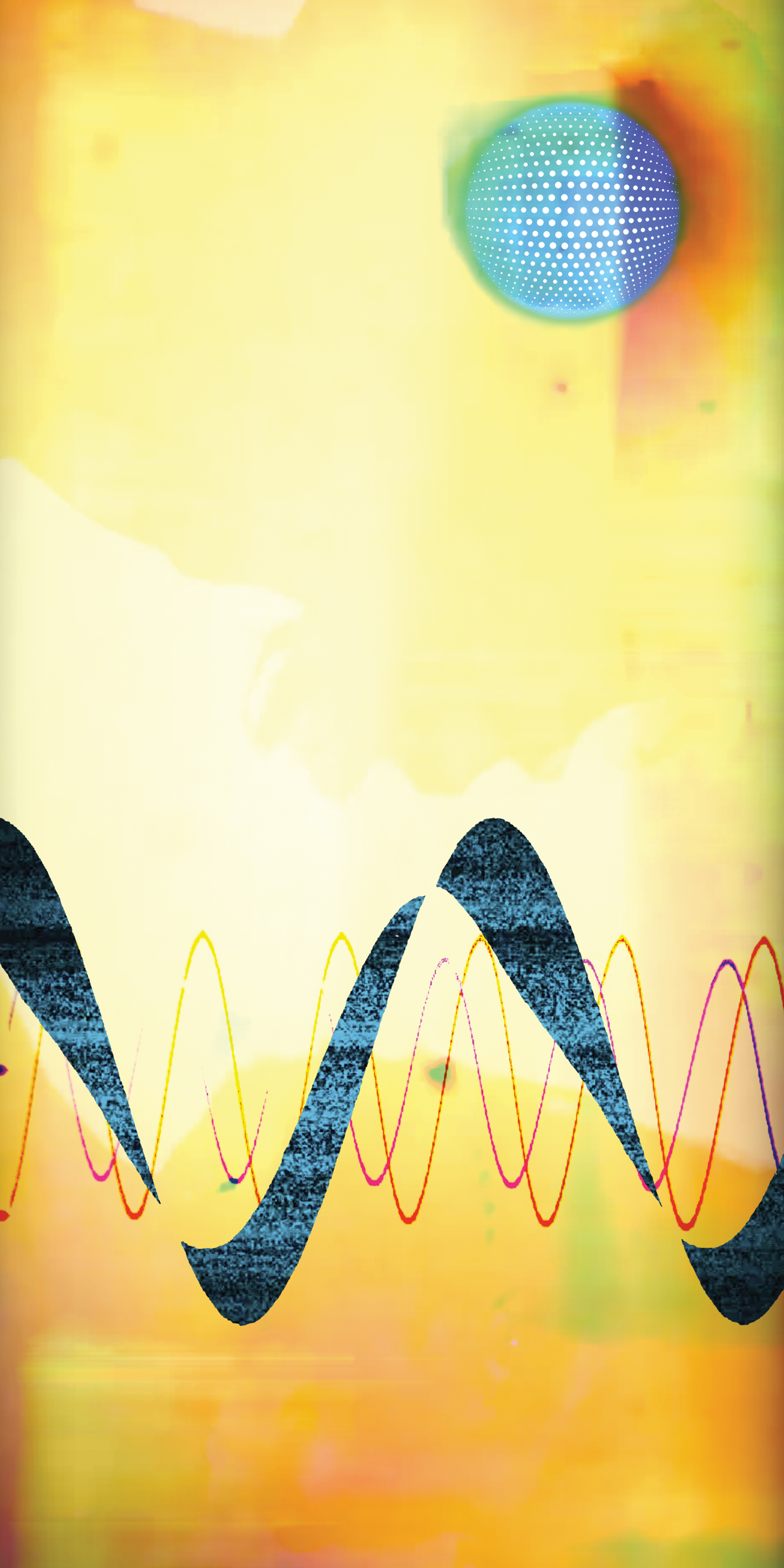The JZ Black Hole [Tape Op #71] and BB29 [#141] are mics that are often used in my studio. They have purpose across many applications, and my Black Hole mic has performed reliably, without issue, for over a decade. I loan them to friends who need an extra mic and recommend them to folks that need a high-quality mic but don’t have many thousands of dollars to spend. The mics are interesting looking, but not to the point of stupid (why do so many cool mics look so bad?), and JZ’s craftsmanship is excellent overall.
When JZ asked about reviewing their Vintage 12 (V12), a large-diaphragm cardioid condenser mic, I was more than happy to take it for a spin. Like the other mics in JZ’s Vintage series, the V12 is influenced and builds upon the character of a classic microphone: the AKG C12, a highly desirable and very expensive multi-pattern tube mic. I have had the pleasure of using vintage AKG C12s at Studio Litho in Seattle, WA, and can testify to their lovely presence and tone. Unfortunately, these vintage AKGs can cost in the neighborhood of $20,000 and up. That’s a real gut punch if you want one. I also own a vintage AKG C12A, a miniaturized version of the original C12 that uses the Nuvistor tube with a body style that was a precursor to the AKG 412 and later the 414.
There are some significant differences (in addition to price and fixed cardioid pattern) between an AKG C12 and the JZ V12. The first is that the V12 has no tube, but instead utilizes modern transistors to achieve its tube-like qualities and sound.
On par with the other mics in JZ’s Vintage series, such as the V47 and V67, the V12 uses the company’s Golden Drop capsule technology, whereby a precise sputtering of golden dots is distributed across the capsule. Also, the V12 shares a similar (if not exact) rounded flat body style, grey color scheme, and internal shock mount system found in the other mics in the series. The V12 does have a two-layer mesh screen versus the three in the V47 and V67. The ball joint swivel mount is unique to these mics, and although I like the aesthetic, it took a little doing to get the mic into some desired positions. The V12 has a stated frequency response of 20 Hz to 20 kHz, with a max SPL of 134 dB. I will skip the A/B comparisons to a vintage AKG C12 because this is not a re-creation but rather an affordable option that shares some characteristics of its namesake.
I went straight to recording acoustic guitar with the V12. It’s a good test for transient response, clarity, need for EQ, and richness of tone. I tested the V12 primarily through a Burl B1D [Tape Op #111] preamp, then on additional takes through the trusty Crane Song Spider, a Retro Powerstrip [#82], and a LaChapell 583S MK2 [#104]. Aside from the tonal character differences of the preamps, all results were notable for their welcoming midrange, pleasing presence, and nice, smooth top end. There was plenty of low end capture, and I rolled off appropriate amounts where needed, but it made me think of other sources I’d use it on where that low end would be desired. Note that there are no filters or pads on the V12. I was most interested to hear this mic on vocals. I love the top end of a vintage AKG C12, and although we are not comparing, it was at the front of my mind! I have been doing some recordings with my daughter, and this review lined up with some of our sessions. I was impressed by how the V12 captured the female voice and found no need to apply additional EQ during or after tracking, which is a huge compliment. We placed her about 16-inches off the mic. The V12 revealed some nice breath with airy qualities that sounded “expensive” without any harshness or undesirable fizziness in the top end. The midrange “huskiness” of her voice was full and rich without being mushy or woofy. Proper mic placement always helps with any vocal performance, but the V12 performed well above its pay grade.
Like my JZ Black Hole, the V12 is not a one-trick pony. Although my first instinct was to use it for voice, it also sounded excellent in front of a drum kit, as an overhead, on electric guitar amps, and percussion. Recently, I used the V12 as an over-the-shoulder mic behind and to the side of the drummer for an awesome kit perspective, resulting in an overall well-captured drum sound with nice detail and oomph. I hope more people get hip to the quality, affordability, and workhorse capabilities of JZ Microphones. Recommended!




_disp_horizontal_bw.jpg)